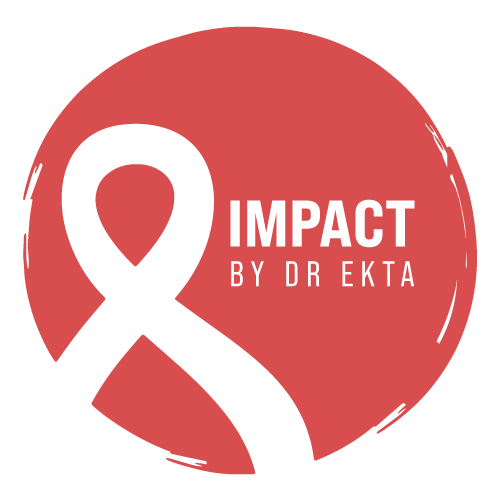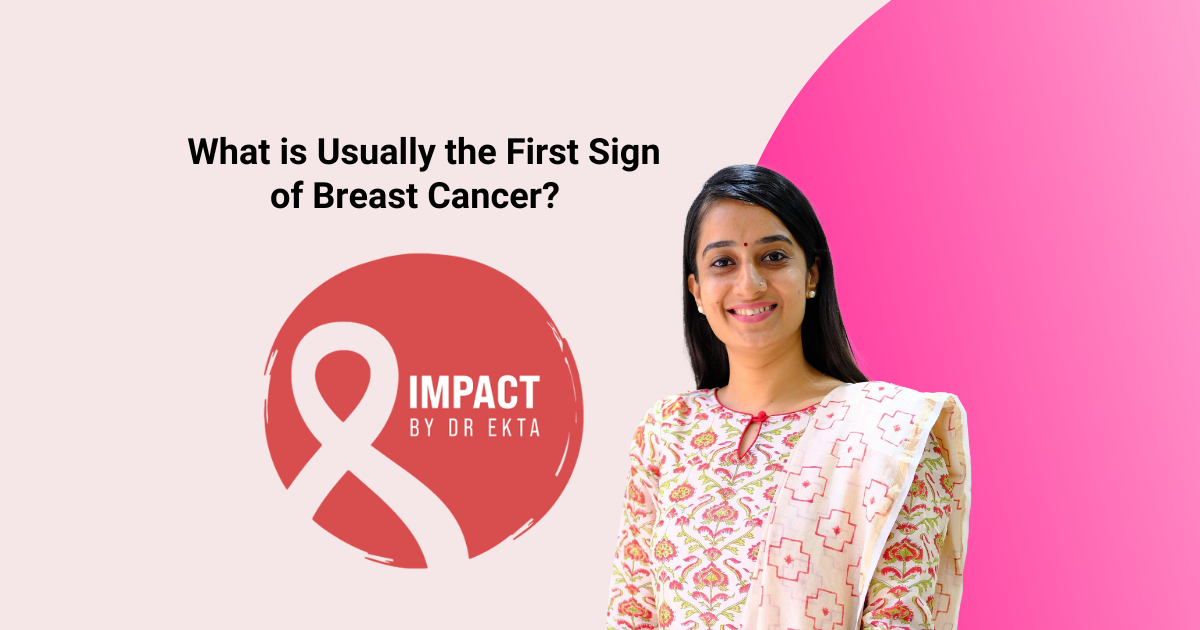Knowing the first sign of breast cancer can save lives. Early detection significantly increases treatment success and patient survival. In this article, we explore the subtle and more common early symptoms to empower you with knowledge for timely action.
Why Early Detection Matters
- Early-stage breast cancer is often localized to the breast, making it easier to treat.
- The 5-year survival rate for breast cancer detected at Stage I is over 98%, compared to less than 30% when diagnosed at Stage IV—and knowing the first warning signs can make all the difference .
- Understanding early symptoms gives individuals confidence to seek medical care sooner, reducing the chance of delay.
The Most Common Initial Signs
While not everyone notices the same early sign, several symptoms frequently appear first:
- A new lump or thickening in the breast
- This is the most common first sign. Lumps may feel firm or irregular, but can also be smooth.
- Any new or persistent lump should be evaluated—especially if different from usual breast tissue .
- Changes in breast size or shape
- Subtle asymmetry or puckering of the skin may indicate early involvement.
- Dimpling or pulling of breast tissue near the middle or sides warrants prompt medical check .
- Skin texture changes
- Look for puckering or thickening resembling orange peel (peau d’orange) caused by lymphatic fluid buildup under the skin .
- Nipple changes or discharge
- Shifts in nipple position, inversion, scaling, or fluid discharge (often bloody or clear) can signal early breast cancer .
- Unexpected breast or nipple pain
- Though less common, ongoing pain or tenderness—especially if one-sided—should be assessed .
Less Common Early Signs
Other less frequent, but still important early warning signs include:
- Swelling under the arm
- Enlarged lymph nodes, often painless, may indicate cancer spread .
- Breast itching or redness
- Persistent skin changes not attributed to infection should be examined .
- Ulceration or invisible bleeding
- Sores or weeping skin without a known cause need immediate evaluation.
Why Some Signs Go Unnoticed
- Many early signs are subtle and develop slowly, sometimes mistaken for hormonal changes or benign conditions.
- Dense breast tissue can hide small masses during self-exams, underscoring the importance of screening.
- Asymptomatic early-stage breast cancer emphasizes the need for mammography, especially per routine guidelines.
When to See Your Doctor
If you notice any of the following:
- A new or changing breast mass or thickening
- Changes in breast shape, size, or contours
- Unusual skin dimpling, puckering, or orange-peel texture
- Nipple changes—including inversion, crusting, or fluid discharge
- Pain that’s persistent or out-of-the-ordinary
- Enlarged underarm or collarbone lymph nodes
…don’t wait. Make an appointment with a breast specialist, gynecologist, or general physician within one to two weeks following detection.
Diagnosis and Next Steps
Doctors may recommend:
- A clinical breast exam followed by mammogram and/or ultrasound
- If imaging is suspicious, a breast biopsy confirms cancer through tissue analysis
- Hormone receptor testing to help tailor treatment plans
These steps are the standard of care upon identifying the first sign of breast cancer.
Treatment Success When Caught Early
- Early-stage diagnosis often allows for:
- Less invasive surgery (lumpectomy rather than mastectomy)
- Targeted radiation and systemic therapy
- Improved outcomes and reduced side effects
- Studies show that antigen receptor or targeted therapies are most effective when tumors are smaller and confined.
FAQ: Patient Questions Answered
- Is a lump always cancer?
No, a majority of breast lumps are benign (like cysts or fibroadenomas) but any new lump requires evaluation. - Will I feel pain if I have cancer?
Pain is not always present. Some early-stage cancers are painless. - Can changes appear without physical signs?
Yes. Mammography can detect tiny changes before physical signs emerge especially in women with dense breast tissue. - How often should I screen?
Most guidelines suggest annual mammograms starting at age 40 or 45, but women with family history or genetic risk may need earlier or additional screening.
How to Stay Proactive
- Monthly self-exams to get familiar with your breast tissue
- Attend annual mammograms and clinical breast exams
- Follow up on any new or unusual changes no matter how small
- Discuss risk factors with your doctor to personalize screening plans

